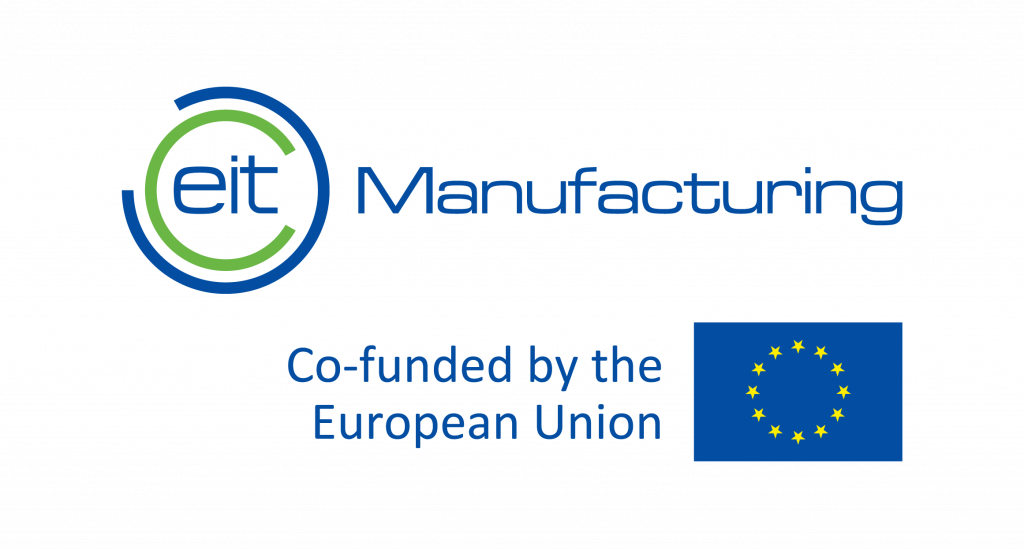
For instance, a bank might face operational risk if its computer systems crash, preventing customers from accessing their accounts. A manufacturing company could face losses if a financial risk key piece of equipment breaks down, halting production. Documenting findings ensures transparency, facilitates informed decisions among stakeholders, and encapsulates the evaluation process and recommended actions. The graph below shows a time series of returns, each data point labeled “+”, for a particular portfolio R(p) vs. the market return R(m). The returns are cash-adjusted so the point at which the x and y axes intersect is the cash-equivalent return.
Strategies and Tools for Financial Risk Management

But, ignoring major financial risks can certainly result in the failure of a business. CFOs can optimize inventory oversight, streamline accounts receivable processes, and enhance cash flow forecasting to address specific weaknesses and master the cash conversion cycle. They need to be able to take on enough financial risk to deliver the returns that investors are expecting while at the same time not taking on too much financial risk. Insurance companies provide policies to a wide range of individual and corporate counterparties. An insurance company default https://o-kensetu.com/inventory-turnover-ratio-itr-definition/ caused by financial risk would potentially impact thousands of policyholders. That being said, financial institutions, such as banks, insurers, and investment managers are often the most exposed to financial risk.
What Is Financial Risk Management?

Modify colors to fit your brand, adjust size dimensions for a tailored fit, and incorporate pertinent visuals from our extensive free stock libraries. With this template, you’re not just presenting a report; you’re telling a compelling financial story. Ideal for financial managers, analysts, and executives, it’s time to take your reporting to the next level. In this context, CFA Financial Risk Management exam questions could be governed by recent industry trends. CFA credentials also prepare candidates for investment strategy analysis with risk-adjusted returns, hedging strategies, financial modeling and teach them how asset managers manage and assess market, credit and liquidity risks. It allows organizations to understand potential hazards, make informed decisions to mitigate risks, and strengthen their resilience, ultimately improving overall performance in a changing financial environment.

Track and manage blockchain certification progress with ease
- Ultimately, effective risk management enables businesses to mitigate potential risks without hindering growth, making it an essential skill for investors to master.
- By prioritizing threats based on likelihood and potential impact, you help fortify your company’s position in preparation for expansion and prime the business for sustainable growth.
- Moreover, look out for any forthcoming risks that might have been irrelevant in the previous assessment.
- Insight into financial risk enables candidates to assess exposure to risk, devise mitigation strategies and make informed financial decisions on a global scale.
- It also aids in developing robust contingency plans, ensuring that the organization is well-prepared for a range of possible futures.
- Prioritization helps allocate resources effectively, ensuring that the most critical risks receive the most attention.
Advanced techniques like machine learning and artificial intelligence are increasingly being used to enhance credit risk modeling. These technologies can analyze vast amounts of data from diverse sources, such as social media and transaction histories, to generate more accurate credit scores. By incorporating non-traditional data, these models can provide a more comprehensive view of a borrower’s creditworthiness, enabling better risk assessment and more informed lending decisions. In addition to these methods, risk-adjusted return on capital (RAROC) is a valuable tool for assessing the profitability of bookkeeping investments relative to their risk. By comparing the expected return of an investment to its risk, RAROC helps organizations allocate capital more efficiently and make better investment decisions.

Create a comprehensive guide to crypto governance
- This process supports a shortened decision-making cycle, enabling decisive action to preserve and enhance your business performance during the turnaround process.
- This assessment evaluates various types of risks, including market risk, credit risk, liquidity risk and operational risk, among others.
- Specialties include general financial planning, career development, lending, retirement, tax preparation, and credit.
- Many circumstances can impact the financial market and impact the monetary well-being of the entire marketplace when a critical sector of the market struggles, as was demonstrated during the 2007–2008 global financial crisis.
- By comparing the expected return of an investment to its risk, RAROC helps organizations allocate capital more efficiently and make better investment decisions.
- Credit risk–Inability on the part of the borrower to repay the loans or meet their financial obligations.
A business with significant capital tied up in illiquid assets, like specialized equipment, might struggle to pay employees or suppliers if cash flow is insufficient. This risk is heightened when there are few buyers for an asset or when relying too heavily on short-term funding sources. As we know, organizations will assess financial risk, either subjectively or objectively. Qualitative assessment is based on expert judgment, past experience, and domain knowledge.
- Deloitte Pensions & Investments assess the risk rating of a client using a detailed psychometric risk-tolerance test and proprietary software developed by risk assessment experts FinaMetrica.
- Everyone in business and investing needs to familiarize themselves with financial risk and learn financial risk management strategies that can prevent losses.
- Each of these risks can have different impacts on an individual or organization, and financial risk assessment helps to understand and manage these risks effectively.
- This is especially true of non-guaranteed investments, such as stocks, bonds, mutual funds, and exchange-traded funds (ETFs).
- Your business is a combination of moving pieces that continuously interact with the wider world.
- Diversifying revenue streams involves generating income from various sources to minimize dependence on a single source.
